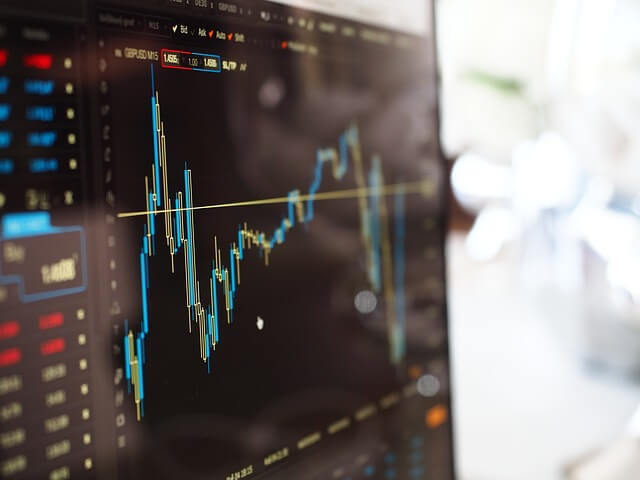Inside MetaTrader 5 A Closer Look at the Tools and Layout That Power Your Trading
The moment you launch MetaTrader 5, you are stepping into one of the most advanced and flexible trading platforms in the world. Whether you are analyzing price action or managing multiple trades across different markets, the interface is where everything comes together. For traders at any level, learning to use the platform efficiently can dramatically improve decision-making and workflow.
The Main Components of the Platform
When you first open MetaTrader 5, you will notice a few primary areas. The top of the screen features the main menu and toolbar. These give access to core functions such as opening charts, placing orders, managing indicators, and switching profiles.
On the left side is the Market Watch window. This lists all available trading instruments and shows their current bid and ask prices. You can right-click on any symbol to open a chart, place a trade, or view additional data like high and low prices.
The center of the screen is where your charts live. You can open multiple charts at once, tile them, and switch between timeframes with a single click. MetaTrader 5 supports nine timeframes and offers three chart types: line, bar, and candlestick.
At the bottom, you will find the Toolbox. This window displays information about open trades, account history, alerts, and even news and email notifications.
Customizing the Workspace to Fit Your Style
One of the strengths of MetaTrader 5 is that it is fully customizable. You can rearrange windows, save chart templates, and even build a multi-monitor layout. If you prefer trading with specific indicators or chart colors, the platform lets you save your preferences for future sessions.
Toolbars can also be edited to include only the functions you use regularly. For instance, scalpers might keep the one-click trading button front and center, while swing traders may prioritize timeframe selection and trend indicators.
Indicator and Object Integration
Clicking the “Insert” menu opens the door to dozens of built-in indicators. You will find moving averages, oscillators like RSI, and tools for volatility measurement. All indicators can be adjusted to suit your trading system and are overlaid directly onto the charts for seamless analysis.
In addition to indicators, MetaTrader 5 provides drawing tools such as trendlines, Fibonacci retracements, rectangles, and arrows. These are especially useful for technical traders who rely on chart patterns and support-resistance levels.
Navigating Between Multiple Assets and Orders
You are not limited to one asset at a time. You can open as many charts as your system can handle and organize them in tabs or tiled layouts. The Symbols list can be expanded to include forex pairs, indices, commodities, and even cryptocurrencies, depending on your broker.

Image Source: Pixabay
When it comes to trade management, the order window offers market and pending order types, volume input, stop loss and take profit settings, and comment sections for better tracking. All open trades are displayed in the Terminal tab, where you can close, modify, or partially close them.
Efficiency Through Keyboard and Shortcuts
Efficiency matters when trading volatile markets. That is why keyboard shortcuts can make a big difference. Switching timeframes, opening order panels, or zooming in and out of charts can all be done with quick keystrokes. Learning these shortcuts saves time and keeps your focus on the market, not the mouse.
The interface of MetaTrader 5 is more than just a collection of windows, it is a powerful command center for your trading decisions. Once you learn how to move between charts, use indicators, and manage your orders effectively, the platform begins to work with you instead of against you.
Take the time to explore its features, test layouts that match your workflow, and develop habits that make you faster and more precise. The better you understand the tools within MetaTrader 5, the more prepared you will be for success in the market.
Comments